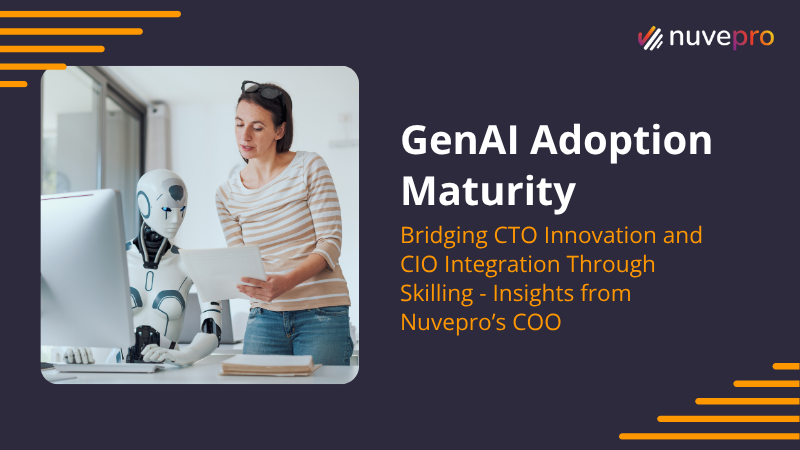You’ve probably watched a bunch of videos on YouTube!
We bet you thought after watching, “I can do that!” or “That’s awesome.” And you’re right! You can do it, and it is awesome. But when you’re done watching, that’s exactly where it ends. There’s more to learn than just watching, but it’s unreal to think you can learn everything from videos.
Imagine waking up one morning with the desire to learn to scuba dive professionally, and I intend to plan a trip to the Maldives. Is it really possible to learn scuba diving from the comfort of my living room by watching YouTube videos? Watching videos will undoubtedly take me on an imaginative journey where I can relish the tranquility of crystal clear waters while exploring a tropical paradise. These experiences would increase my adrenaline, but would I be able to dive just by watching videos?
Lol never ! It needs real-world practice to avoid any serious accidents. There is a huge difference between watching to learn and actual learning.
So, How can I ace what I wish to learn?
It will be logical for me to train myself under an instructor by getting into the actual sea. The same is with technologies in the world. You don’t learn till you make your hands dirty. Technologies aren’t to be read or watched with a cup of coffee in hand. They ought to be practiced, your skills need to be assessed from time to time, and your learning needs to be immersive and hands-on.
How exactly does hands-on learning help?
It is an age of experiential learning. Learners can better apply ideas and knowledge taught to real-world issues when they are involved in hands-on experiences.
Hands-on Learning can be used in every subject, not simply stitching, cooking, or painting. It gives us the belief that our constant interactions and engagement with the world of technologies around us generate experiences and a much better understanding of the topic, and this learning is crucial in today’s world.
The goal of introducing hands-on labs is to train students and employees for various projects. As the demand for tech jobs grows, so does competition in the marketplace. Students in edtechs and higher educational institutes require hands-on experience to excel in their careers.
How is this beneficial for EdTech’s?
The Edtech firms provide all the required training to their students, but if they provide hands-on learning labs where students can practice in real-time will give an immersive learning experience.This will be beneficial as it will prepare students to work in the workforce and on projects. This will also give them the opportunity to work with multinational companies and push them forward in a competitive world.
The hands-on learning experience in the corporate world
Traditional training methods are no longer relevant to business needs as they once were. Nuvepro Hands-on learnng Platform help your workforce gain practical knowledge on various domains.The workforce in organisations can solve real-world scenarios in our labs, and our all-in-one platform makes them project ready.
How is this beneficial for higher education?
Industry Curated Hands-on labs and projects enhance the learning environment by providing students opportunities to become job-ready..
Conclusion:
So, now that takes me to the end of the article, post which I will be enrolling myself in a scuba training institute in the Maldives, and you as a reader should go and checkout (link) and check the offerings that we at Nuvepro provide to Corporates ,Ed-Techs and even educational institutes to enhance their hands-on learning capabilities.




